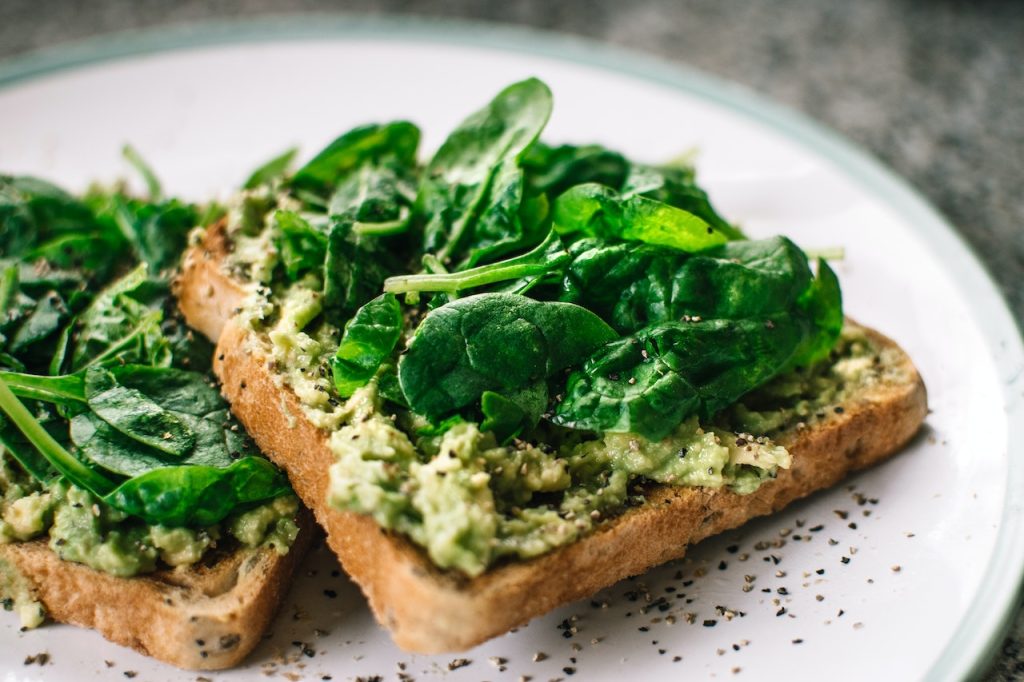The symptoms of diabetes are caused by unstable sugar levels. And glucose jumps are a consequence of malnutrition. Today we will learn about the diet for type 1 and type 2 diabetes. Let us pay attention to what you can not eat with diabetes, and what you can and should eat with diabetes. This is all you need to know in order not only to keep diabetes under control but also to feel more alert, more active, and better. However, if you are on medicine, you can also consult with your doctor about Glifor 1000 mg treatment, which proved to be really effective.
Diet For Diabetes: 4 Principles Of Therapeutic Nutrition
Compliance with the diet – Meals – every 3-4 hours. It is this mode that positively affects the stomach (because it does not overstretch) and intestinal motility, all the necessary enzymes for digestion have time to be synthesized. In addition, the hormone insulin is secreted in excess. All these factors contribute to weight loss, improving the motility of the gastrointestinal tract and, as a result, compensating for diabetes.
Individual approach
Treat the patient, not the disease as a whole! It is always necessary to collect all the information about the patient and the state of his body (in medical terminology – “medical history”). After all, a person with diabetes may have additional concomitant diseases that must be taken into account when compiling a diet. For example: for people with high blood pressure, the amount of salt is additionally limited; for people with severe renal pathology, the amount of liquid, protein, and potassium-fortified foods is limited. The diet for diabetes for pregnant women will also be different.
The right way to cook
Heat treatment is extremely important. Heat treatment affects not only the vitamin composition of the product but also the calorie content and glycemic index. It is better to give preference to steaming, boiling, and baking. With these heat treatment methods, most of the vitamins and trace elements are preserved, so the products retain the maximum benefit and taste. And it is desirable to limit the frying of dishes as much as possible in the diet of a person with diabetes. The liver is adversely affected by frying, and adding more oil raises the calorie count of the food.
A variety of menus
More different products – more necessary and useful trace elements for the body. Each product (vegetables, fruits, meat, fish, cereals) has not only a different calorie content and the ratio of fats, proteins, and carbohydrates, but also a different vitamin and microelement composition. Therefore, the more different types of food you have on your plate, the more balanced your diet will be. You do not have to remember which product has more or fewer vitamins – in practice, it is enough to use a simple rule: the more greenery on your plate, the more various useful trace elements, and vitamins will enter your body. For example, millet (yellow) goes better with tomato (red) than pumpkin (yellow).
Now in medicine, the idea of a personalized diet is leading. Its peculiarity is that the dietitian makes the menu individually, taking into account all pathological conditions. But until recently, the Pevzner diet was official in the treatment of overweight people. This diet has also been used in the treatment of people with type 2 diabetes who are overweight or obese. Therefore, as the basis for compiling an individual menu, you can use tables according to Pevzner. This diet is not only aimed at reducing the number of carbohydrates in the diet but also takes into account the glycemic index of foods. We will talk about the composition of the products of this diet a little later.
Today, it has been proven that nutritional patterns known to the population have long been effective in the fight against obesity. They have been clinically tested and are used throughout the world to normalize body weight. Such ready-made “power schemes” include:
- the DASH diet;
- Mediterranean diet;
- vegetarianism/veganism;
- a diet with limited carbohydrates;
- fat-restricted diet;
- intermittent hunger.
All of these dietary patterns need to be adjusted depending on your health status and the goal you are striving for. It is these proven and effective nutritional patterns that athletes, actors, first ladies, presidents, and in general all people who care about their health are guided by.








